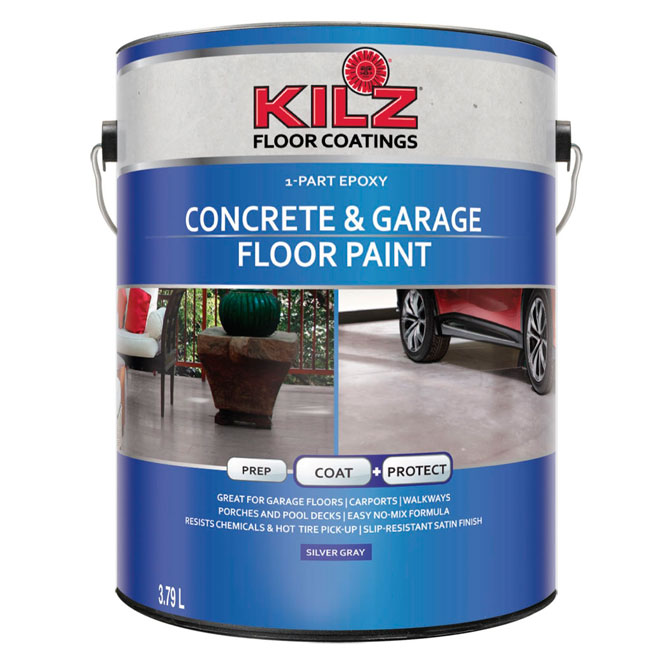Our 30 year old house has a compact but functional laundry room, set up for top loading machines with the dryer on the left and the washing machine on the right. When upgrading to front loading machines, we learned that the front loader doors open to the left. If the machine is placed on the right of the dryer, the door will be in the way when transferring clothes. So - job number one will be to switch the washer and dryer placement.
 |
| The completed installation - Washing machine on the left, dryer on the right |
The second issue to be resolved is the location of the dryer vent outlet, the location of the dryer outlet plug, and the ability to get the machines close to the wall. In the current installation, the dryer vent outlet is on the side wall, and the dryer outlet plug is right at baseboard level - which causes the dryer vent and dryer power cable to interfere. This means I can only get the dryer about 5 inches from the wall, and I need a large loop of flexible duct to be able to make the connections with the machine pulled out from the wall before pushing them into place.
 |
| Current installation - side vent outlet and power plug right at floor level |
 |
| Current installation - Dryer vent interferes with power plug |
With the power plug at floor level, it is very difficult to make connections with both machines in the laundry room at the same time. Installation gymnastics include climbing over the machines to get to the space behind the dryer to make or break connections to get the maching into place or removed. So another aspect of the project will be moving the dryer plug up on the wall and converted the current plug outlet box into a junction box.
To move the dryer installation to the other side, I ran into an interference with the copper water piping running through the floor plate of the wall to the faucets for the washer. With limited access below the floor due to the placement of the furnace, I wasn't able to move the copper piping to be able to center the new dryer vent placement. I also wanted to get rid of the long flexible duct behind the dryer - and when researching this problem online, I found the Magvent dryer vent magnetic coupler. The Magvent comes with two magnetic elements - the outlet, with a magnetic ring and adapter for 4" round duct, and the part that goes on the back of the dryer - a short length of flexible duct with a second magnetic ring.
 |
| Magvent flexible coupler - installs on dryer outlet |
 |
| Magvent flexible coupler installed and compressed on the dryer |
My installation options for the installation of the Magvent were quite limited, with the copper water pipe blocking a perfect centered location for the magvent. I had to offset the Magvent to one side, partially remove a 2x6 wall stud to give space for the duct coupler, and drill a 4 1/2" hole through the floorplate to route the duct through the basement to the rest of the extraction ductwork.
Before closing the drywall, I created a drywall box within the wall so that the magvent opening would be sealed by drywall all around, to create a fire break and prevent dryer lint accumulation within the wall space.
 |
| Magvent duct installed in-wall, with duct running down through floor plate |
The arrangement worked quite well - with the dryer backed into the wall on the right side of the laundry room, the strong magnets in the Magvent made the connection with no issues, and I didn't have to hand upside down over the dryer connecting any 4" round worm clamps.
 |
| Moving the dryer into position to couple the Magvent |
With the dryer outlet moved up the wall - this also avoided any connection gymnastics, easy to reach over the dryer to connect and disconnect the dryer.
 |
| Dryer plug moved up the wall, dryer vent moved from left to right |
I've very happy with the completed installation, doors open in the correct way for easy transfer of laundry, and I've managed to get rid of a large loop of flexible duct behind the dryer for greater efficiency. I bought the Magvent at Lee Valley Tools online.
 |
| Washing machine on the left, dryer on the right |
I have a few other articles on this project:
1. Repairing and replacing the shock absorbers and drum weights on a front loading washer
4. Comparing the efficiency of an old top-load washer with a new front load washer.
Feel free to ask any questions in the comments section below.













































